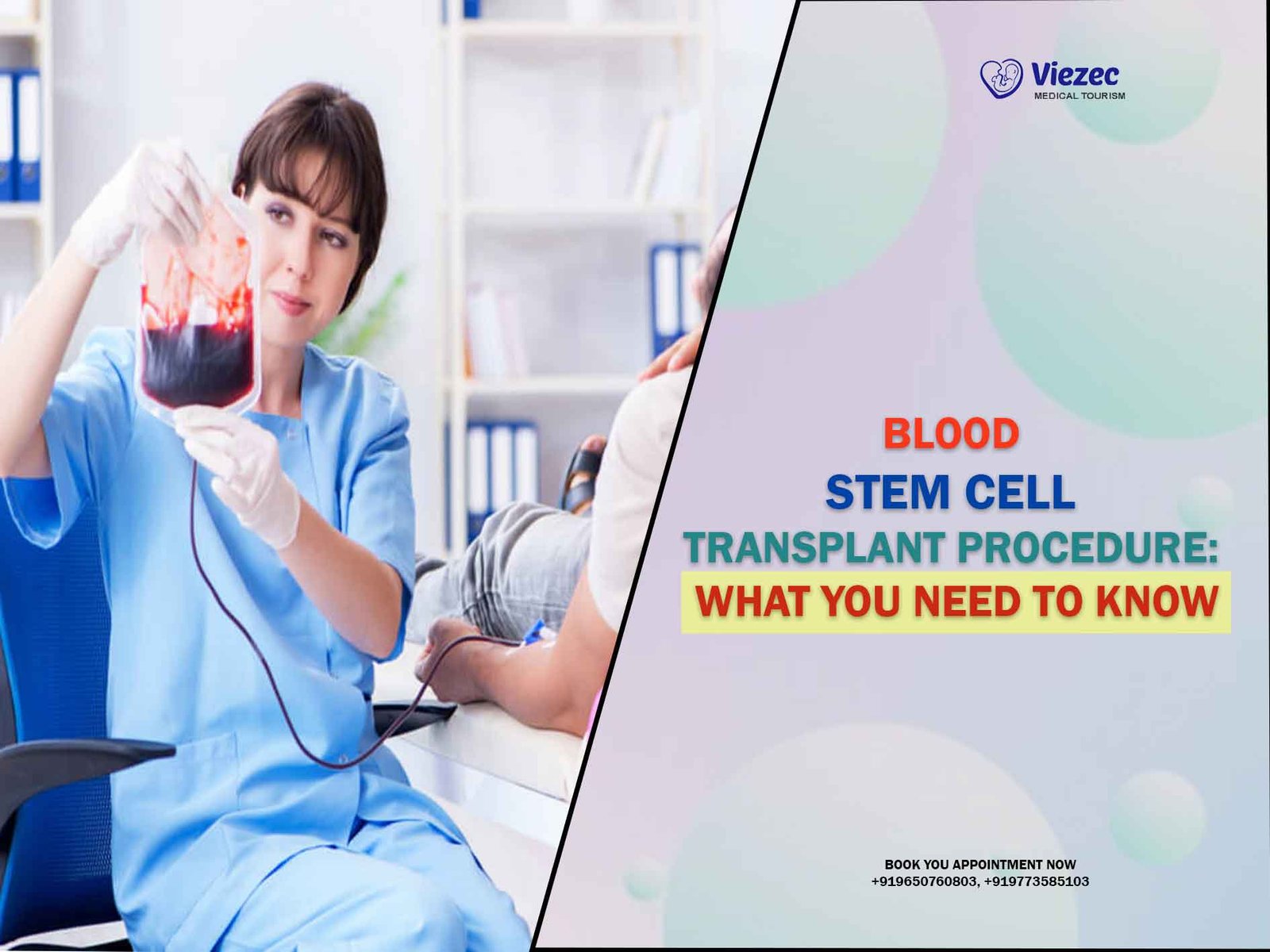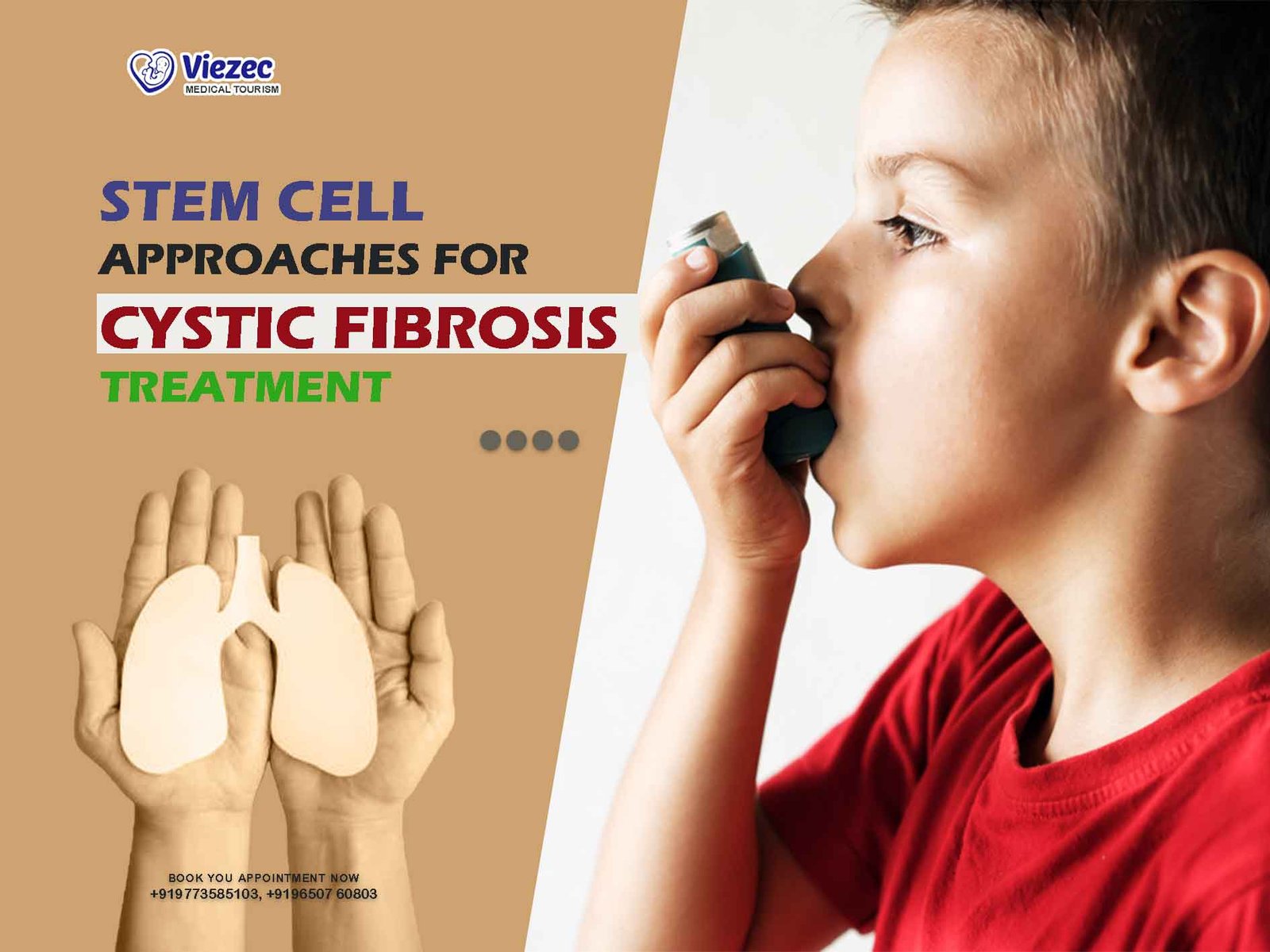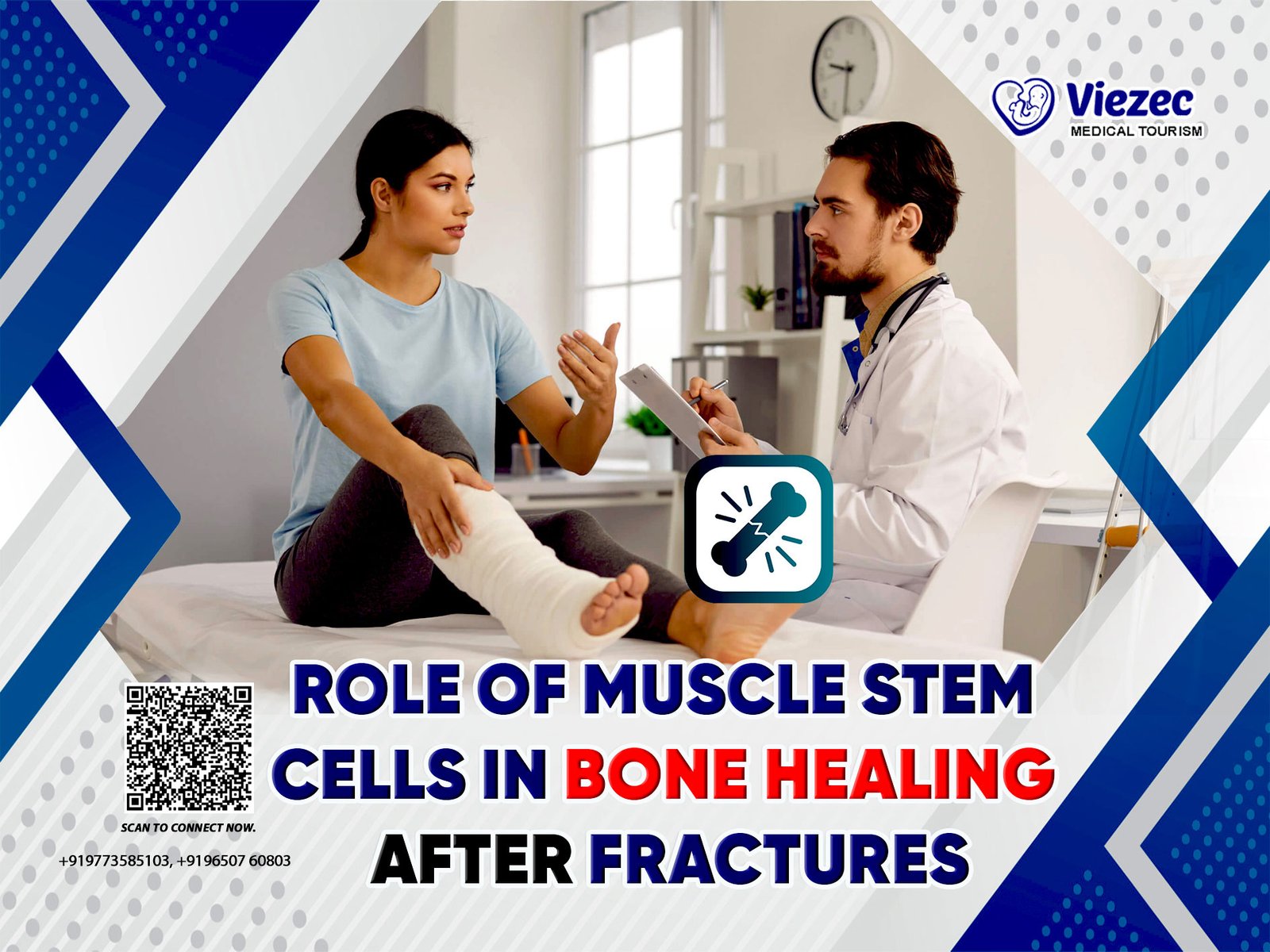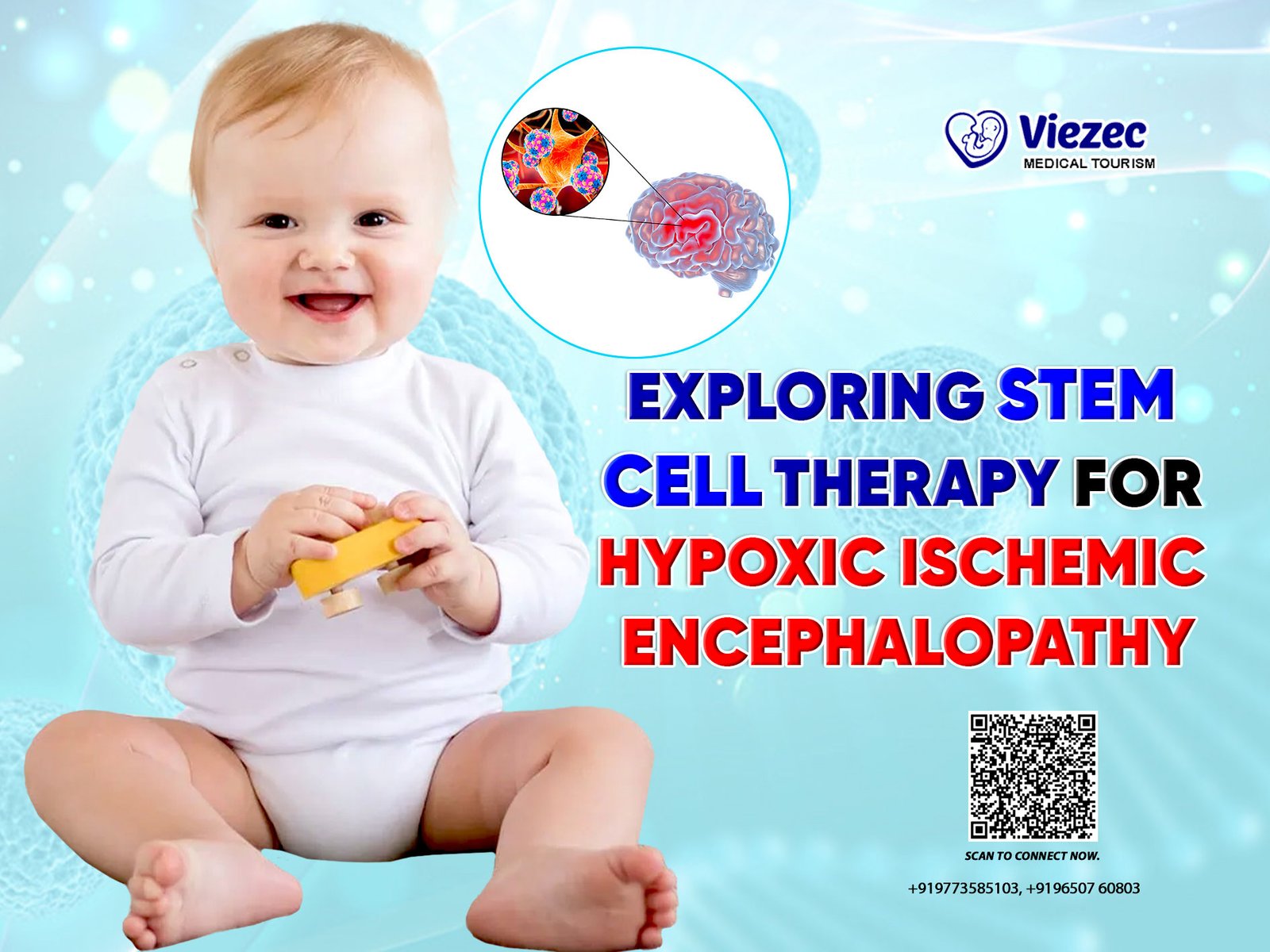In the realm of medical science, the blood stem cell transplant procedure stands as a significant advancement in the treatment of various life-threatening diseases. Also known as hematopoietic stem cell transplantation (HSCT), this procedure involves replacing diseased or damaged stem cells with healthy ones. While it offers hope to patients battling conditions like leukemia, lymphoma, and certain genetic disorders, the process itself can be intricate and requires careful consideration. We will provide a comprehensive guide to understanding the blood stem cell transplant procedure, its types, the preparation involved, and what to expect during and after the transplant.
Understanding Blood Stem Cells
What are Blood Stem Cells?
Blood stem cells, also referred to as hematopoietic stem cells, are undifferentiated cells found in the bone marrow. They possess the remarkable ability to develop into various types of blood cells, including red blood cells, white blood cells, and platelets. These cells play a crucial role in maintaining the body’s blood supply and immune system function.
Types of Blood Stem Cells
- Autologous Stem Cells: In an autologous transplant, stem cells are collected from the patient’s own body before undergoing treatment. These cells are then stored and reintroduced into the patient once the treatment is completed. Autologous transplants are commonly used in treating certain types of cancer, such as multiple myeloma and lymphoma.
- Allogeneic Stem Cells: Allogeneic transplants involve the use of stem cells sourced from a genetically matched donor, typically a sibling or unrelated donor. These stem cells are harvested and transferred to the recipient following a rigorous matching process. Allogeneic transplants are often employed in treating leukemia, aplastic anemia, and other blood disorders.
- Syngeneic Stem Cells: Syngeneic transplants utilize stem cells obtained from an identical twin. Since identical twins share the same genetic makeup, the risk of graft rejection or graft-versus-host disease (GVHD) is significantly reduced in syngeneic transplants. This type of transplant is relatively rare due to the rarity of identical twin births.
Indications for Blood Stem Cell Transplantation
Blood stem cell transplantation is considered a viable treatment option for a range of conditions, including:
- Leukemia: Both acute and chronic forms of leukemia, characterized by abnormal white blood cell production, may require a stem cell transplant as part of treatment.
- Lymphoma: Certain types of lymphoma, such as Hodgkin’s lymphoma and non-Hodgkin’s lymphoma, may be treated with a stem cell transplant, particularly in cases of relapse or aggressive disease.
- Multiple Myeloma: This cancer of the plasma cells in the bone marrow may necessitate a stem cell transplant, often as a consolidation therapy following initial treatment.
- Aplastic Anemia: Stem cell transplantation may be recommended for individuals with severe aplastic anemia, a condition characterized by bone marrow failure.
- Genetic Disorders: Certain inherited disorders, such as sickle cell anemia, thalassemia, and severe combined immunodeficiency (SCID), may be treated with stem cell transplantation to replace defective or malfunctioning cells.
Preparing for a Blood Stem Cell Transplant
Evaluation and Testing
Before undergoing a stem cell transplant, patients undergo a thorough evaluation to assess their overall health and suitability for the procedure. This evaluation typically includes:
- Medical History: A detailed review of the patient’s medical history, including previous treatments and any existing health conditions.
- Physical Examination: A comprehensive physical examination to evaluate the patient’s current health status.
- Diagnostic Tests: Various tests, such as blood tests, imaging studies, and cardiac evaluations, to assess organ function and identify any underlying medical issues.
- Psychosocial Assessment: An evaluation of the patient’s emotional and psychological well-being, as the transplant process can be physically and emotionally demanding.
Conditioning Regimen
Prior to the transplant, patients undergo a conditioning regimen, which may involve chemotherapy, radiation therapy, or a combination of both. The purpose of this regimen is twofold:
- To Destroy Diseased Cells: The conditioning regimen aims to eradicate any remaining cancer cells or abnormal cells in the bone marrow.
- To Suppress the Immune System: By suppressing the recipient’s immune system, the conditioning regimen helps prevent rejection of the transplanted cells and reduces the risk of graft failure.
The specific drugs and doses used in the conditioning regimen vary depending on the patient’s diagnosis, overall health, and transplant protocol.
Stem Cell Collection
For autologous transplants, stem cells are collected from the patient’s blood or bone marrow prior to the conditioning regimen. This process, known as apheresis or leukapheresis, involves the following steps:
- Stem Cell Mobilization: Before collection, the patient may receive medications to stimulate the production and release of stem cells from the bone marrow into the bloodstream.
- Apheresis Procedure: During apheresis, blood is drawn from the patient through a catheter, and the stem cells are separated from the blood using a machine. The remaining blood components are then returned to the patient’s body.
- Stem Cell Storage: The collected stem cells are cryopreserved (frozen) until they are needed for transplantation.
For allogeneic transplants, stem cells are obtained from a donor through a process called peripheral blood stem cell donation or bone marrow donation. Donors undergo a similar evaluation process to ensure compatibility and suitability for donation.
Blood Stem Cell Transplant Procedure
Transplantation Process
Once the conditioning regimen is completed and the stem cells are ready for transplantation, the actual transplant procedure takes place. The process typically involves the following steps:
- Stem Cell Infusion: The collected stem cells are thawed and infused into the patient’s bloodstream through a central venous catheter. This process is similar to receiving a blood transfusion and is usually performed in a hospital setting.
- Engraftment: After the stem cells are infused, they travel to the bone marrow, where they begin to engraft and produce new blood cells. The time it takes for engraftment to occur varies depending on the type of transplant and the individual patient’s response.
- Supportive Care: During the engraftment period, patients receive supportive care, including monitoring of blood counts, administration of medications to prevent infection and manage symptoms, and nutritional support as needed.
Graft-Versus-Host Disease (GVHD)
One of the potential complications of allogeneic stem cell transplantation is graft-versus-host disease (GVHD), a condition in which the donor’s immune cells attack the recipient’s tissues. GVHD can affect the skin, liver, and gastrointestinal tract and may range from mild to severe. To reduce the risk of GVHD, patients may receive immunosuppressive medications before and after the transplant.
Monitoring and Follow-Up
Following the transplant, patients require close monitoring to assess the progress of engraftment, detect any complications, and provide supportive care as needed. Regular follow-up appointments with the transplant team are scheduled to monitor blood counts, evaluate organ function, and address any concerns or issues that may arise.
Recovery and Long-Term Outlook
Early Recovery Period
The initial phase of recovery following a stem cell transplant can be challenging, as patients may experience side effects such as fatigue, nausea, vomiting, and increased susceptibility to infections. During this time, patients are closely monitored in the hospital to ensure optimal recovery and manage any complications that may arise.
Long-Term Follow-Up
As patients transition from the hospital to home, they continue to receive ongoing medical care and support from their transplant team. Long-term follow-up care may include:
- Monitoring for Relapse: Regular surveillance to detect any signs of disease recurrence or relapse.
- Managing Long-Term Effects: Addressing any long-term side effects or complications resulting from the transplant, such as infertility, secondary cancers, or chronic GVHD.
- Psychosocial Support: Providing emotional and psychological support to help patients cope with the physical and emotional challenges of the transplant process.
Prognosis and Survival Rates
The prognosis for patients undergoing a stem cell transplant varies depending on factors such as the underlying disease, the type of transplant, the patient’s age and overall health, and the presence of any complications. While some patients achieve long-term remission and a good quality of life following transplantation, others may experience disease recurrence or complications that impact their long-term outlook.
Blood stem cell transplantation represents a significant milestone in the field of medicine, offering hope to patients with life-threatening diseases. While the procedure itself can be complex and demanding, it has the potential to provide long-term remission and improved quality of life for many individuals. By understanding the transplantation process, its indications, and the associated risks and benefits, patients and their families can make informed decisions about their treatment options and approach the transplant journey with confidence and optimism.









